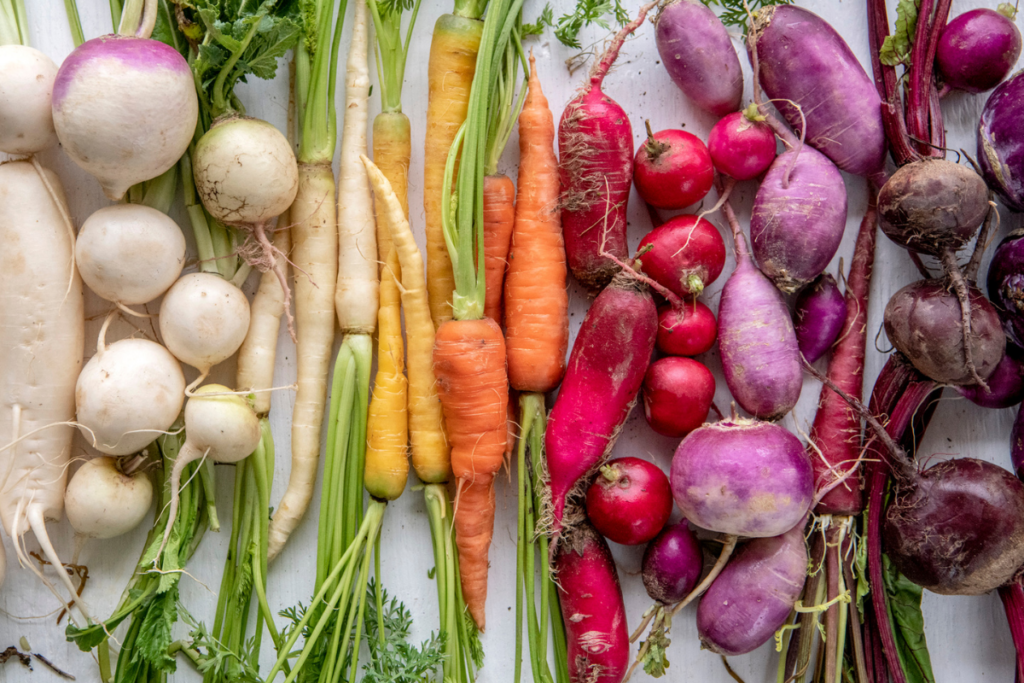
Here at Farmhouse we tend to have a lot of vegetables at home. Some of us have gardens at home as well, so on top of the farm-fresh produce we’re sampling from work, we’ve got a full summer jungle of garden vegetables to contend with too. We love getting the most out of our produce, even if that means preserving it and sharing it with loved ones and neighbors, which is why we wanted to share with you some of the tips we’ve accumulated for those times when the counter and vegetable crisper runneth over.
One of the most simple ways of preserving vegetables is to just toss them in the freezer, but to give them the respect they deserve we have a few suggestions around prepping them before giving them the cold shoulder. With farm-fresh greens like kale or chard, we always wash them before freezing. Freezing will shatter the cell walls of vegetables so these won’t come out in any kind of shape for a salad. Instead plan on including frozen greens in a casserole or lasagna, or even incorporating them into a soup, bolognese, chili, or other braised dish.
With herbs like basil or spicy greens like arugula, we like to spin up a little pesto which will freeze beautifully for a little flavor bomb. To save additional space with leafy greens keep reading as we’ll cover a blanch technique that will help cook them down a bit before freezing.

For root vegetables like carrots, turnips, or sweet potatoes, cruciferous vegetables like cauliflower, broccoli, or kohlrabi, and squashes like yellow crookneck and zucchini, or butternut, pumpkin, and acorn in the fall, we like to practice our blanch and purée technique. These vegetables tend to get waterlogged and in turn, freezer burnt if we just dice them and toss them in the freezer.
Instead we like to blanch our diced vegetables in a pot of boiling, salted, water and then immediately shock them in an ice bath once they’re tender. From there we can freeze them as is, but for efficiency in space saving and ease of use we like to process them into a purée. This can be accomplished with a blender or food processor, or simply by pressing the cooked vegetables through a sieve or chinois. To blend them you may need to add a little additional blanching liquid to make them spin, but if the liquid’s properly seasoned with salt they won’t come out tasting too watery.
To store them we like to put them in ziploc bags in ‘recipe sized portions’ (that is, not in a 1 gallon/8 pound block) and place them on a tray or the freezer floor so they freeze flat. This way they can be stacked vertically like a file in a filing cabinet so they’re easily accessible. Remember to label and date the bags before filling them as they’re tough to write on once filled and frozen.

Another trendy way of accomplishing this storage step is by filling ice trays with small portions of vegetable purée. This is great for sneaking a little, say, carrot, into a smoothie or using just enough pumpkin purée to make a batch of pumpkin pancakes. Once the cubes are frozen you can free up the ice tray and dump them into a bag for later use.
All of these purées are excellent for baking applications, cream-of-anything soups, frittatas, smoothies, or any other vegetable-forward application you can dream up.
